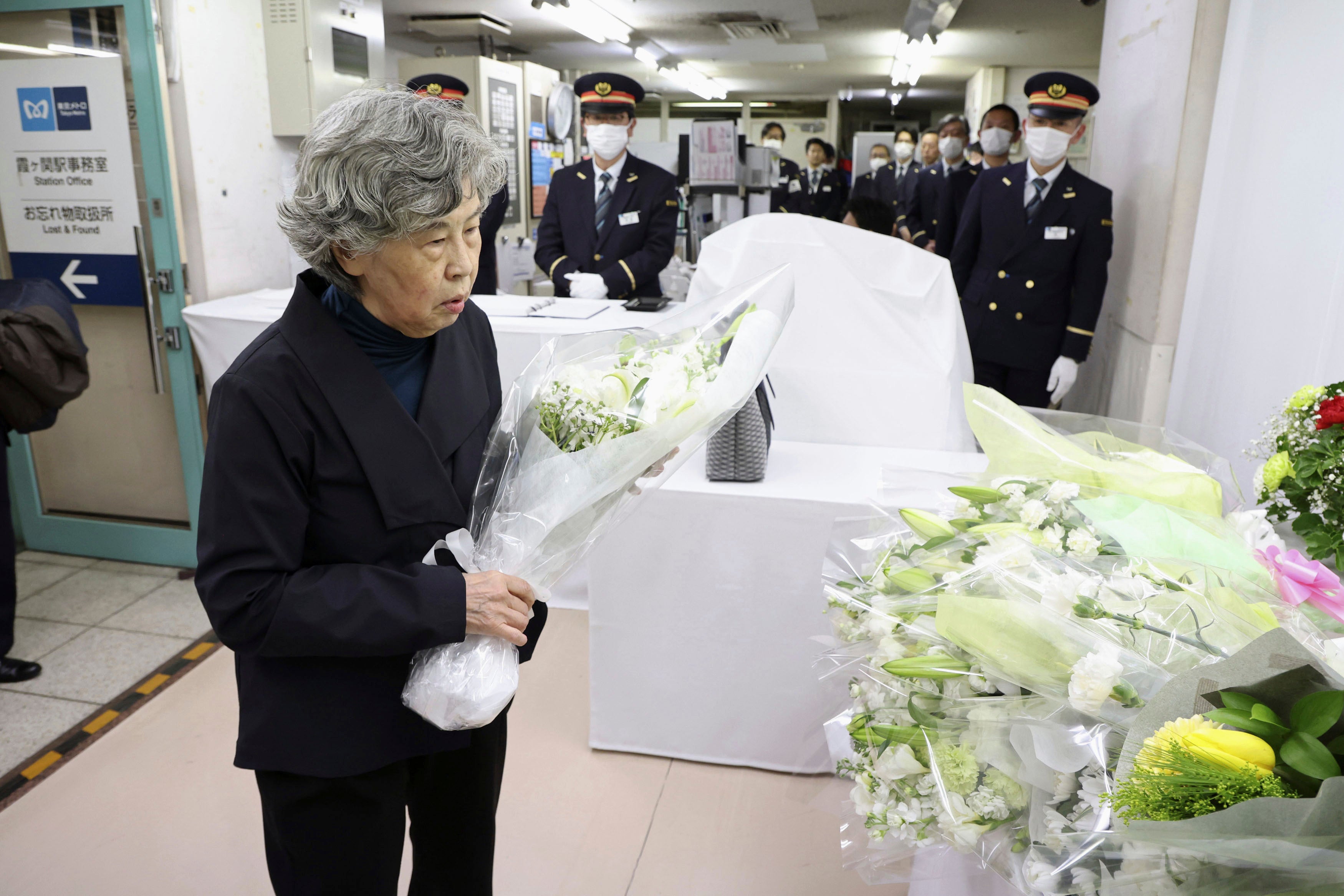Japanese authorities have warned that the son of a cult leader behind the deadly sarin nerve gas attack in Tokyo’s subway network in 1995 is now the leader of a successor group.
At least 14 people were killed and more than 5,000 were left sickened after the cult’s members released sarin nerve gas in the capital’s subway trains on 20 March in 1995.
The cult, Aum Shinrikyo or Supreme Truth, was disbanded and its founder Chizuo Matsumoto, known as Shoko Asahara, and 12 of his disciples were executed in 2018 for carrying out the attack.
Yet other groups continue to spread Shoko Asahara’s apocalyptic messaging. One of the most prominent is known as Aleph. and it continues to attract followers despite facing repeated restrictions from the government for failing to declare its assets.
Japan’s Public Security Intelligence Agency (PSIA) on Tuesday announced that the 31-year-old second son of Shoko Asahara, a shadowy figure whose true identity is not known, has been “involved in organisational decision-making and is leading Aleph’s operations”.
On Tuesday, the PSIA said that the man has been leading Aleph’s operations for about a decade with help from Asahara’s 66-year-old widow Tomoko Matsumoto.
By 2017, the son had begun referring to himself as a “second-generation guru”, reported The Japan Times.

The agency also confirmed that the group has 20 facilities around Japan with an estimated 1,190 followers as it published its latest report into Aleph’s status and activities.
Officials in Japan have prohibited the use of the group’s 16 facilities across the country and designated the residence used by Asahara’s son and widow in Saitama prefecture’s Koshigaya city as the new Aleph site. It is also known as the “Shin-Koshigaya facility”, the report added.
The PSIA is now looking to force the son-mother duo to disclose the property’s purpose and activities held there.
Around 1,600 former members still operate under renamed groups and have ignored an order to pay damages to survivors and bereaved families.
During the 8am attack in 1995, five cult members got on separate train cars on three subway lines converging at Kasumigaseki, Japan’s government centre, each dropping bags of sarin onto train carriage floors.
They punctured the bags with umbrellas, releasing the gas inside the train cars which had hundreds of people inside.
Within minutes, commuters poured out of the trains onto the platforms, rubbing their eyes and gasping for air. Some collapsed. Others fled into the streets where ambulances and rescue workers in hazmat suits gave first-aid
Shizue Takahashi lost her husband, a deputy station master, in the attack. She expressed alarm that Asahara’s second son has been identified as his de facto successor.
“Asahara’s second son was born and raised within the Aum Shinrikyo cult and has been indoctrinated during that time by his father’s teachings,” Ms Takahashi told the South China Morning Post.
She claimed he “personally desires to seize power and rebuild the organisation”.
“If he becomes as powerful within the cult as his father was, I believe he will try to expand it and create a new version of Aum Shinrikyo,” she told the SCMP.




